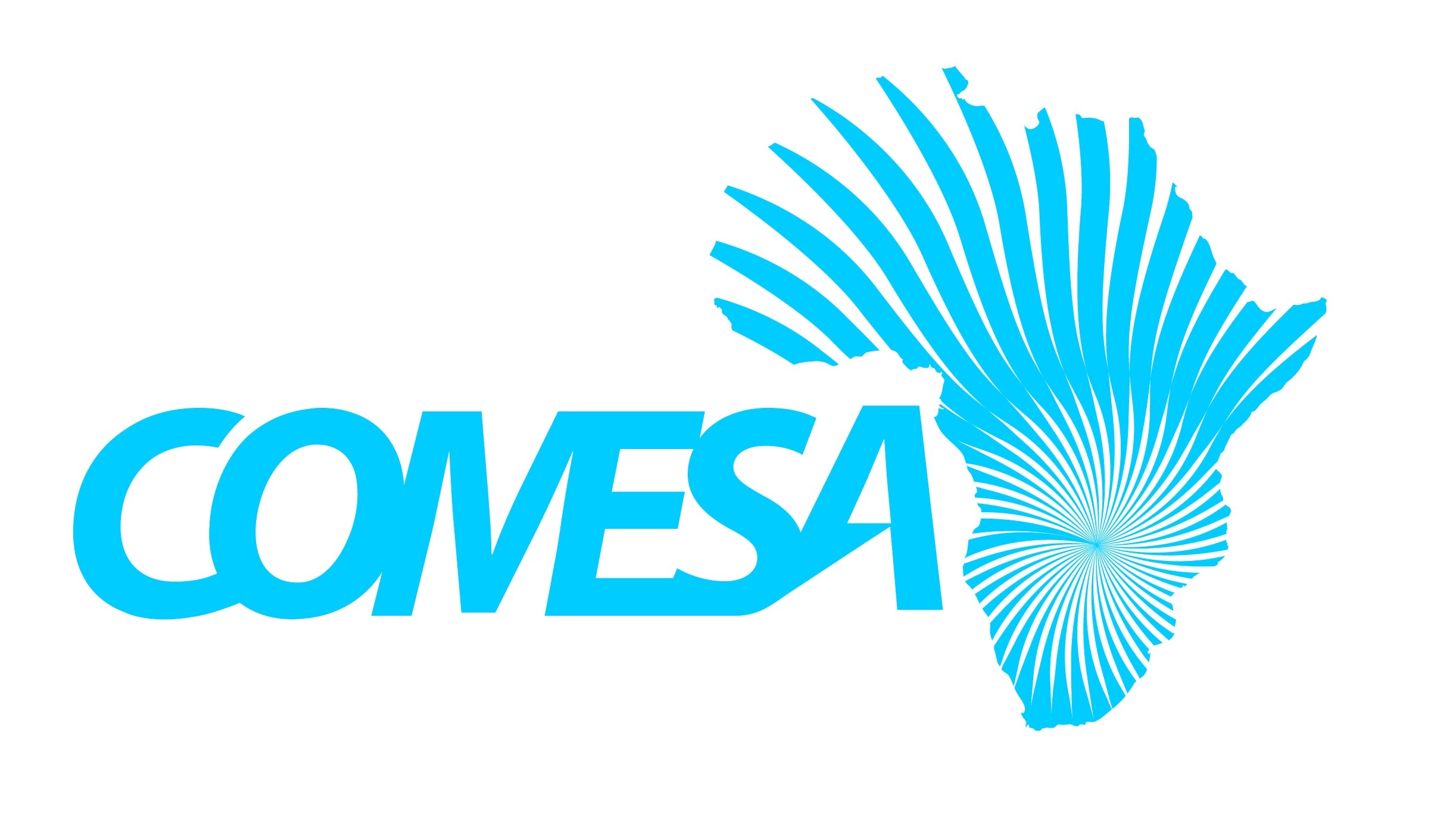COMESA, or the Common Market for Eastern and Southern Africa, has recorded a significant increase in trade both globally and within the region above the pre-Covid-19 pandemic levels, according to the latest detailed report on key developments and achievements recorded in the past year in the COMESA region under the market integration and physical integration pillars.
Presenting her State of Integration Report to the 22nd COMESA Heads of State and Governments Summit, Secretary General Chileshe Mpundu Kapwepwe revealed “the value of COMESA’s total exports to the world significantly increased by 56% from US$ 100 billion in 2020 to US$ 156 billion in 2021. The sectors that contributed to this increase were manufactures, fuels, ores and metals and food.” Among the largest exporting countries in the COMESA region are Egypt, DRC, Tunisia, Seychelles, Uganda, Zimbabwe, Kenya and Zambia. They registered a combined increase of 41% in exported manufactured products in 2021 compared to 2020.
With support from European Union, World Bank, African Development Bank, Afrexim Bank, UNCTAD, WCO, among others, COMESA continues to strengthen implementation of several trade facilitation instruments to overcome barriers and accelerate intra-regional trade and investments, the report also states. On the liberalization of trade in services, the COMESA Secretariat has continued to support the negotiations in six priority areas in business, financial, transport, communications, tourism, construction & energy services. The report also mentioned key challenges and constraints which included the slow domestication and delayed implementation of agreed commitments and protocols, proliferation of non-tariff barriers to trade, low levels of value addition, slow harmonization and weak coordination of multiple integration arrangements, restrictions or hindrances to free movement of persons, labour and services and technical and financial constraints.



